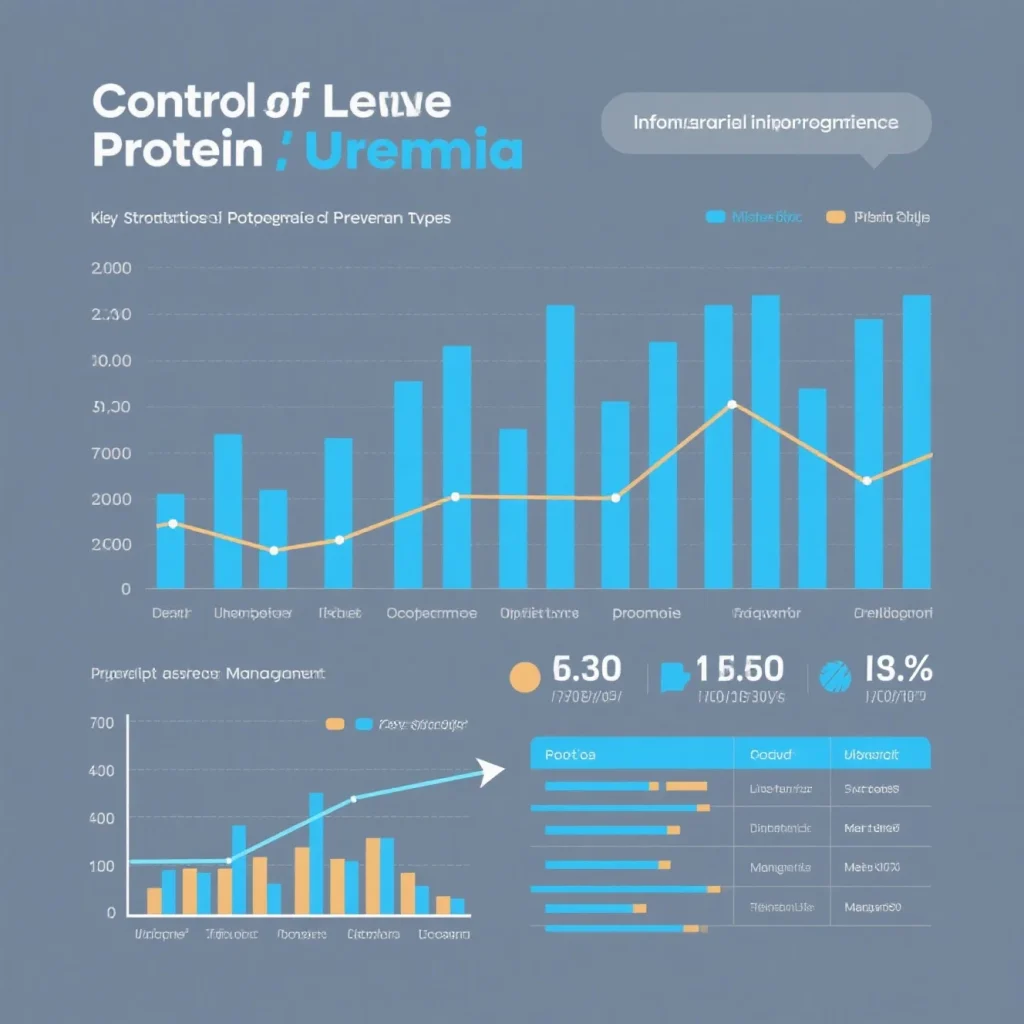Proteinuria serves as a key biomarker of renal function. While its severity doesn’t directly reflect disease progression, it clearly indicates the extent of kidney damage. For nephropathy patients, deteriorating renal function with declining glomerular filtration rate (GFR) signals approaching uremia.
Excessive proteinuria invariably accelerates renal impairment, making its management a top priority for patients. However, achieving complete proteinuria remission becomes extraordinarily challenging once irreversible kidney damage occurs.
To what level must proteinuria be controlled to slow renal deterioration and prevent uremia?
The answer lies in pathological types:
1. Stable Renal Function at <0.15g Proteinuria
- Minimal change disease
- Stage I membranous nephropathy
- Mild mesangial proliferative nephritis
- Henoch-Schönlein purpura nephritis
These four types demonstrate favorable prognosis when treated early, with high probability of proteinuria remission. Maintaining long-term proteinuria below 0.15g significantly reduces uremia risk.

2. Slowed Progression at <0.5g Proteinuria
- Moderate mesangial proliferative nephritis
Though less favorable than the above types, stabilizing proteinuria under 0.5g preserves renal function. Complete remission may be unrealistic due to pathological complexity.
3. Minimal Renal Impact at <1g Proteinuria
- Severe mesangial proliferative nephritis
- IgA nephropathy
- Focal segmental glomerulosclerosis (FSGS)
These three types carry poorer prognosis, but timely proteinuria control can effectively delay renal failure.
Critical Insights:
While proteinuria management is pivotal, treatment strategies should vary:
- For secondary nephropathies (diabetic/hypertensive nephropathy, advanced membranous nephropathy), controlling primary diseases is fundamental to renal protection.
- For advanced cases with poor prognosis, complication management takes priority.

Proteinuria remission ≠ treatment endpoint. Preventing uremia requires three foundations:
- Sustained Proteinuria Stability
Remission indicates reduced renal damage, but only long-term maintenance (≥2 years) minimizes harm. Consistent control at any level prevents abrupt functional decline. - Comprehensive Dietary Reformation
Renal diets—particularly low-protein, low-sodium regimens—are non-negotiable. Permanent dietary modification alleviates metabolic burden, creating an optimal environment to prevent proteinuria relapse. - Long-Term Renal Function Stability
Proteinuria control and renal function preservation form a virtuous cycle. Success demands coordinated management of diet, treatment, and complications.
Share this content:

Leave a Reply